Western Australia – Part 3 of 4
Pemberton, a beautiful town with beautiful people and many beautiful birds & Lake Monger + Erick Street Beachfront, cool birds in the middle of the City
After all that fantastic birding and Bird-Photo adventures in Stirling and Cheynes, we were a bit concerned of having a bit too high expectations of the future… We couldn’t be more mistaken!!!… Even before reaching the cute and friendly town of Perth (boy… I’ll love to live there!), cool birds greeted us on the way… Including a big flock of -distant- Straw-necked Ibises in a grass field
October 21-23 – Pemberton – Glouchester Tree
Once in Pemberton with its relaxed and fresh mood, we decided to go shopping, make a BBQ and take it easy for the rest of the afternoon to recharge batteries for an early morning and more birds at the Gloucester Tree (a gigantic Karri tree in the Gloucester National Park, which at 72 meters tall, it is the world’s highest fire-lookout tree, and visitors climb it up for an spectacular view)… Fortunately, a pair of neat looking -begging- Australian Ringnecks kept us busy and entertained during the early evening.
The gentile ladies at the Caravan Park had advised us of bringing some seeds for the birds and so we did. There was a funny sign at the entrance of the park stating that you shouldn’t feed the birds inside the park and only do it in the parking lot area (which is 50 steps away from the famous tree). I got a bunch of seeds in my hand, aiming to place then near a nice perch for the photo, but I never made it that far… It was overwhelming!… lots of birds from several species landing on my arms, shoulders and head, soon made us realize we were in a Bird-Photo Paradise!!!
The challenge was to get a bird posing on an actual nice perch, as they clearly preferred the seeds that people had to offer in hand… I had to work quite a bit for a few frames on natural looks
Parrots were the most represented and colorful on the spot, however, some other birds taking part on the seeds feast, looked good and came closer from time to time… One that I really enjoyed was the Common Bronzewing… what an incredible pigeon with these crazy metallic flashes on its wings!… Australian brand indeed!
Finally -when the parking area was a bit too crowded- I decided to walk a bit around and quickly got rewarded with a few lifers, including a new Fairy-wren (Red-winged) and the tiny, elusive but extremely desired Spotted Pardalote!
We left Pemberton a couple of days later, but part of my heart stayed there forever…
On the way to Perth we “had to” stop a few times for great sights on the roadside… One of the best was the Nankeen Kestrel, which -although quite far away- marveled us for a while on the windy afternoon
Once back at the Capital of WA, we did several one day rides to lakes and parks within range with no disappointments…
October 23-24 – Perth – Erick Street & Lake Monger
At Erick Street we enjoyed the noisy roost of hundreds of Rainbow Lorikets, the grace of the Black-shouldered Kite in flight and a colorful sunset with icecream on hand!
Next day, we visited Lake Monger and resumed to enjoyed and photograph loads of good looking waterfowl.
Many birds here called my attention as Harhead, Purple Swamphen -with chicks-, Musk Duck and Western Corellas
Some helpful links here:
https://www.birdsaustralia.com.au/the-organisation/western-australia.html
https://www.dec.wa.gov.au/component/option,com_hotproperty/Itemid,1584/
https://members.iinet.net.au/~foconnor/
https://www.pbase.com/alex_vargas/birds_by_wa_sites
https://www.cambridge.wa.gov.au/Leisure/Beaches_and_Parks/Parks_and_Reserves/Lake_Monger_Reserve
https://www.westernaustralia.com/en/Pages/Attraction.aspx?pid=9001662
Next week, final chapter 4… Penguins Island and Herdsman Lake
Happy Bird-Photo Adventures!

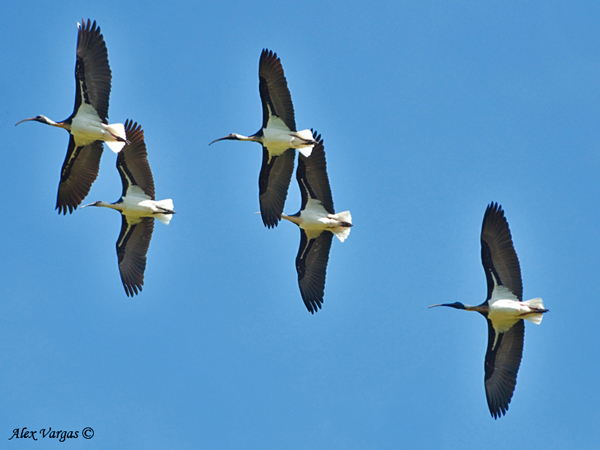
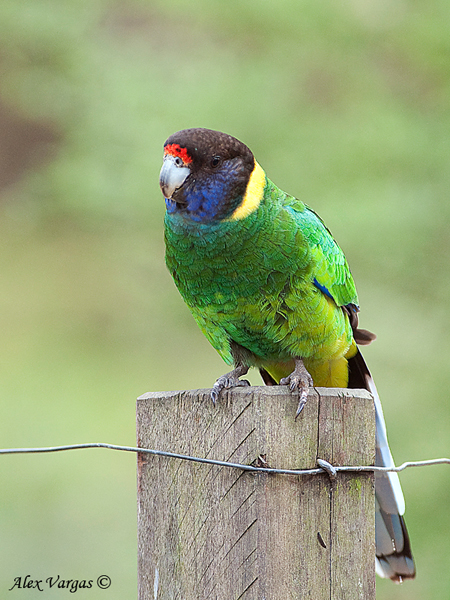
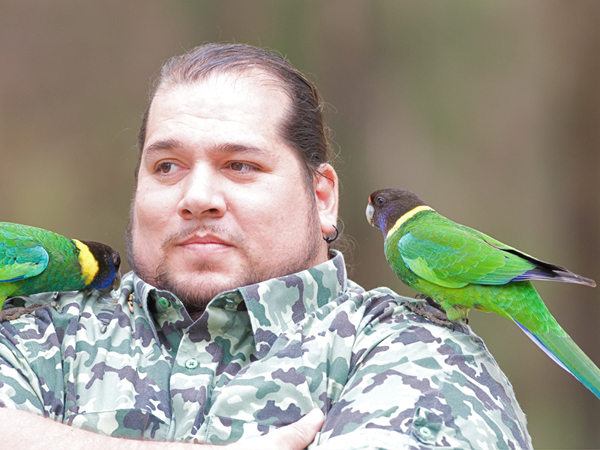
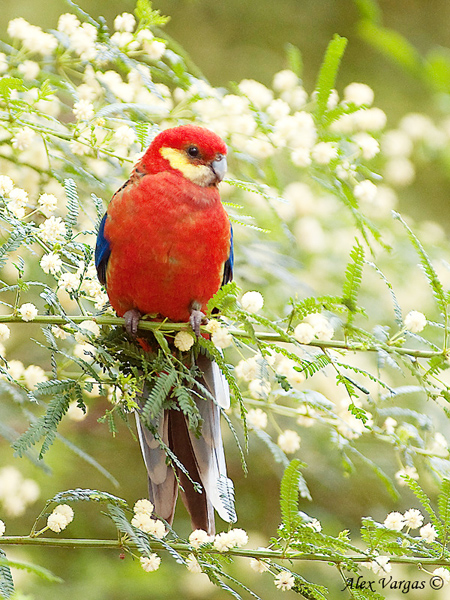
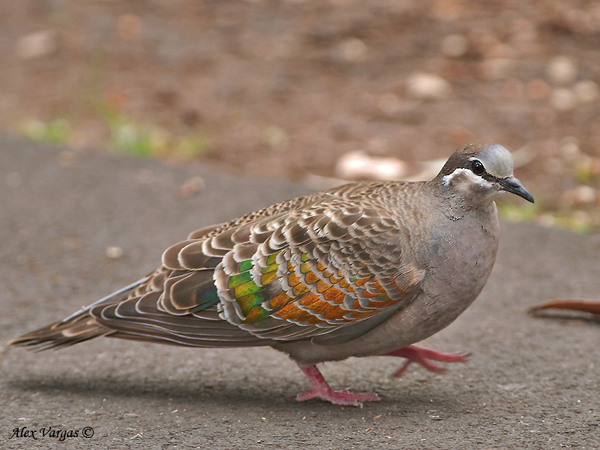
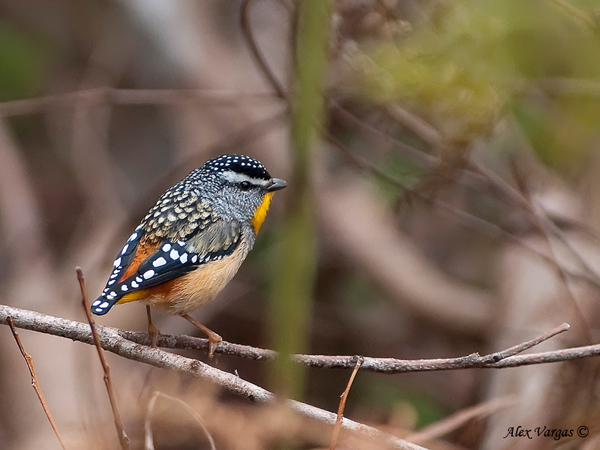
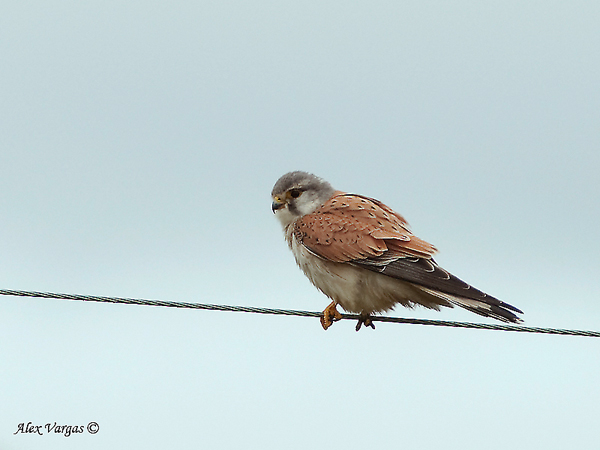
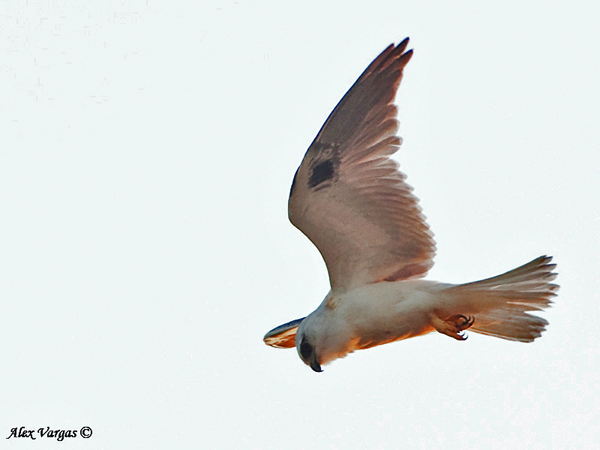
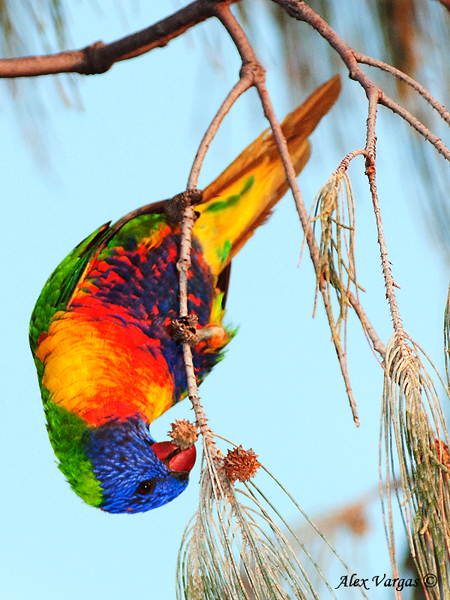
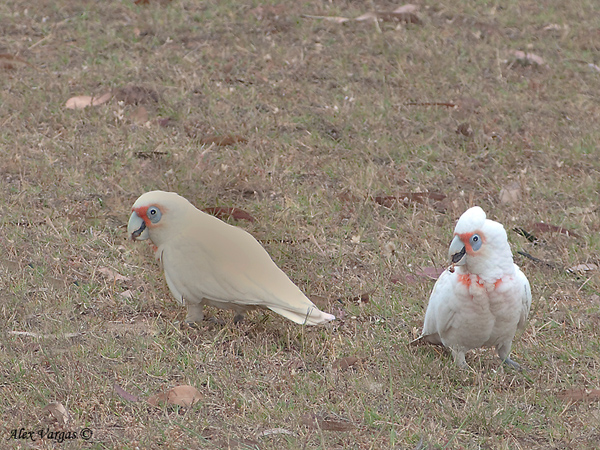
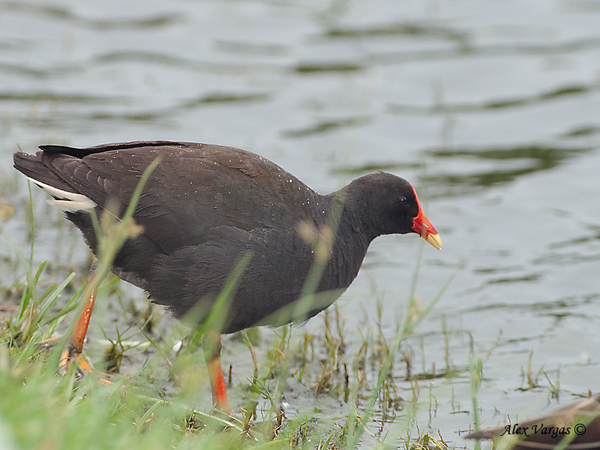
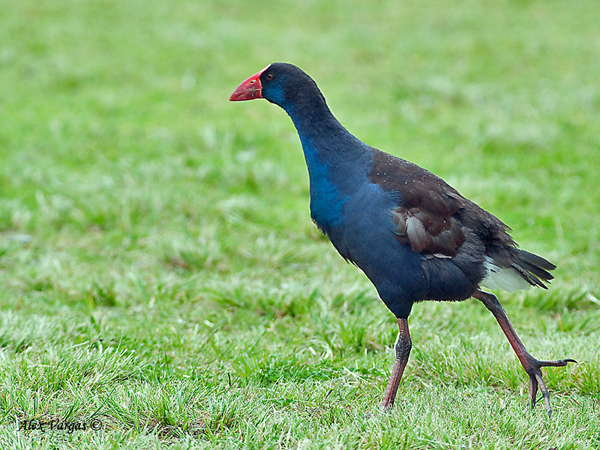
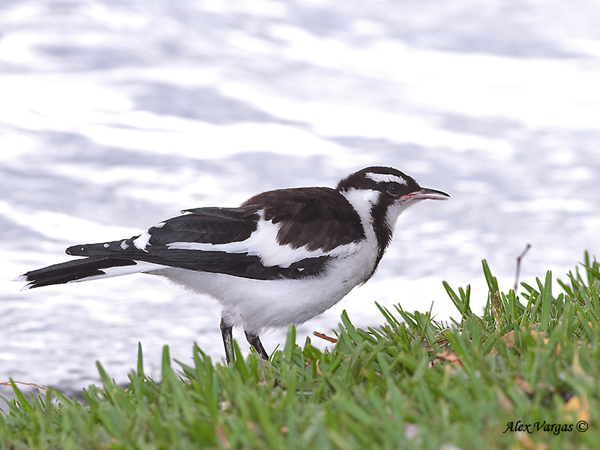
Alex, I am a relatively new subscriber to your blog, but I have been a birder for some year now and have seen a LOT of great birding websites and blogs. I have to say though, your photography is by far the most outstanding I have seen, I could gaze at your photos for literally hours! Would it be too presumptuous of me to ask, that is, may I know what type of camera you use please?
Hello Cindy
Thank you very much for your gentile words on my photo-work… I highly appreciate it!
I’m a Nikon shooter by heart… In this case, the set used was: Nikon D5000 + Nikkor 300mm f/2.8. Sometimes including a 1.4X Teleconverter (420mm) all supported by a carbon fiber -Manfrotto- Tripod and a local (Thai) manufactured Gimbal -type- Head… shooting from a portable -pop up- Blind.
Nowadays I use the same set (results had made me stay there) but have added a simple Cable Remote Shutter, which has improved my images quite significantly! My plan is before my trip back to the American Continent (april 2012), will upgrade my two D5000 to D7000…
Cheers!
Alex -Don Gato-
https://www.pbase.com/alex_vargas
Hi Alex – enjoyed looking through the 4-part report from my part of the world. Unfortunately though, the “Western Corella” photo above is actually a pair of Eastern Long-billed Corellas – the crest is too short for Western and the red on the lores and throat is too extensive. Eastern Long-bills are well-established in the Perth area (originally from aviary escapees), whereas Westerns are very uncommon. Unfortunately, this is not always reflected in the field guides